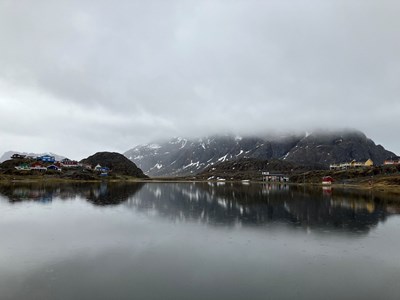“Our thoughts grow from the footsteps we leave behind”
This is an attempt to translate one of my favourite quotes from a well-known Brazilian writer and activist. To me it means that our thoughts and course of action are always influenced by the people and places we have encountered. In order to better comprehend the challenges and to consider alternative solutions related to water, sanitation, and hygiene in the Arctic, it crucial to go to those places, interact with the locals, and firsthand experience the current situation and difficulties. And that is why participating on the Arctic WASH field course was such a unique and valuable experience for me - as a student, as a professional and as human being.
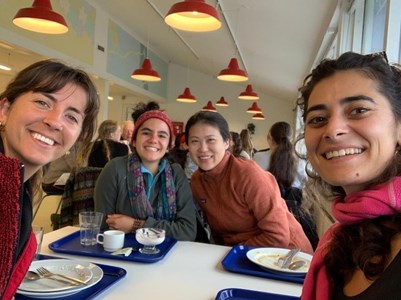
Students and instructors with various educational and cultural backgrounds from all around the world gathered in Sisimiut, Greenland. Although each person had different areas of expertise – from community engagement to biodigestors, engineering project development and microbiology - what everyone had in common was the desire to discuss water, sanitation, and hygiene in the Arctic and to connect with others who shared similar interests.
We were divided into 6 groups to work on specific projects/case studies. I was a member of a group of 5 students, and we all came from different countries! Our project was focused on the challenges and opportunities to develop solutions to improve water, sanitation, and hygiene in rural Greenland. As a case study, we travelled by boat to Itilleq, a small remote settlement nearby Sisimiut with 91 residents.
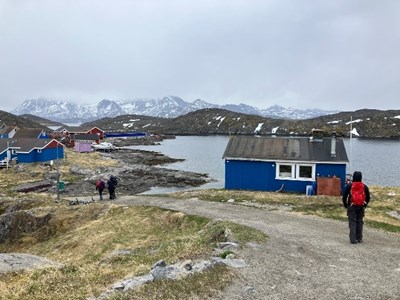
The theorical lectures (both online and in person) provided a solid foundation on which I was able to build my own set of skills and knowledge needed to work on the project. Complementarily, the field trip to Itilleq gave me the chance to expand upon the material learned during lectures, as we had the opportunity to experience the challenges related to water and sanitation – walk to taphouses to get drinking water, use the honey bucket toilet - and talk to community members to understand their needs and preferences. After the field trip, I felt more connected to the situation, and the challenges were no longer simply theorical or something I had heard about… they were now a part of my personal experience. Then, and only then, it was possible to think about solutions with a more realistic and caring viewpoint.
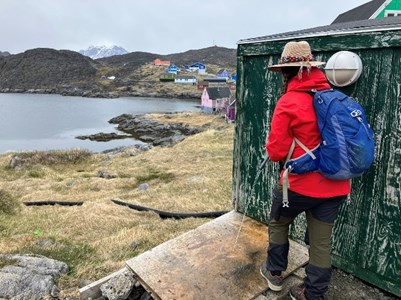
There are numerous challenges in Itilleq and other isolated Arctic settlements. Physical, climatic, cultural, environmental, and economic factors are involved (such as remoteness, extreme cold weather, bedrock terrain, cultural customs, and lack of economies of scale). Multidisciplinary challenges need multidisciplinary approaches! Therefore, in order to address the problem, our group combined the field trip visit and interviews with desk research, meetings with stakeholders, discussions with instructors, and criteria development to assess and compare potential solutions considering social, economic and technical/environmental perspectives. As a very remarkable professor – prof. Marcos Von Sperling (UFMG, Brazil) – used to say: There is no best water and sanitation solution, applicable to all contexts. The best solution is the one chosen after careful consideration of engineering design criteria process and trade-off analysis.
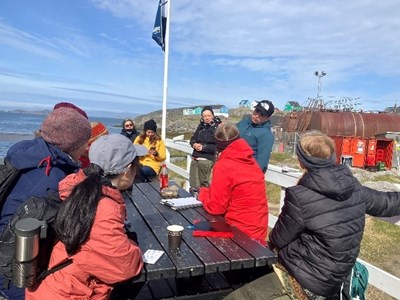
After a week filled with activities, group discussions and, of course, a lot of fun and social activities - such as watching Greenlandic movie, hiking, having dinner with local food and dipping into the cold ocean – we are going to continue working on our ideas to submit a final project. Even though this is not the end of the work, it is definitely another step towards the improvement of WASH in the Arctic.
I am very grateful to have participated on this summer school, met with amazing people with similar interests and learned a little bit about Greenland, a place that maybe I would never be able to visit if it weren’t for the science and my academic journey!
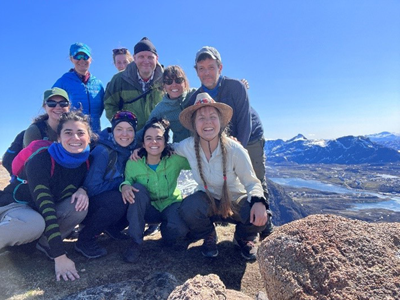
The entire experience has broadened my knowledge about the challenges related to water and sanitation in vulnerable contexts and also got me to think about the differences and parallels between those challenges around the world. What do the remote communities of the Arctic, indigenous communities in Canada, rural areas in Mozambique, and small towns in Brazil have in common? What can we take away from the past? How can we learn from each other?
I return home with my soul filled with special memories and my mind brimming with thoughts, reflections, and inspiration. Qujanaq!
Written by Debora Carvalho Boratto
